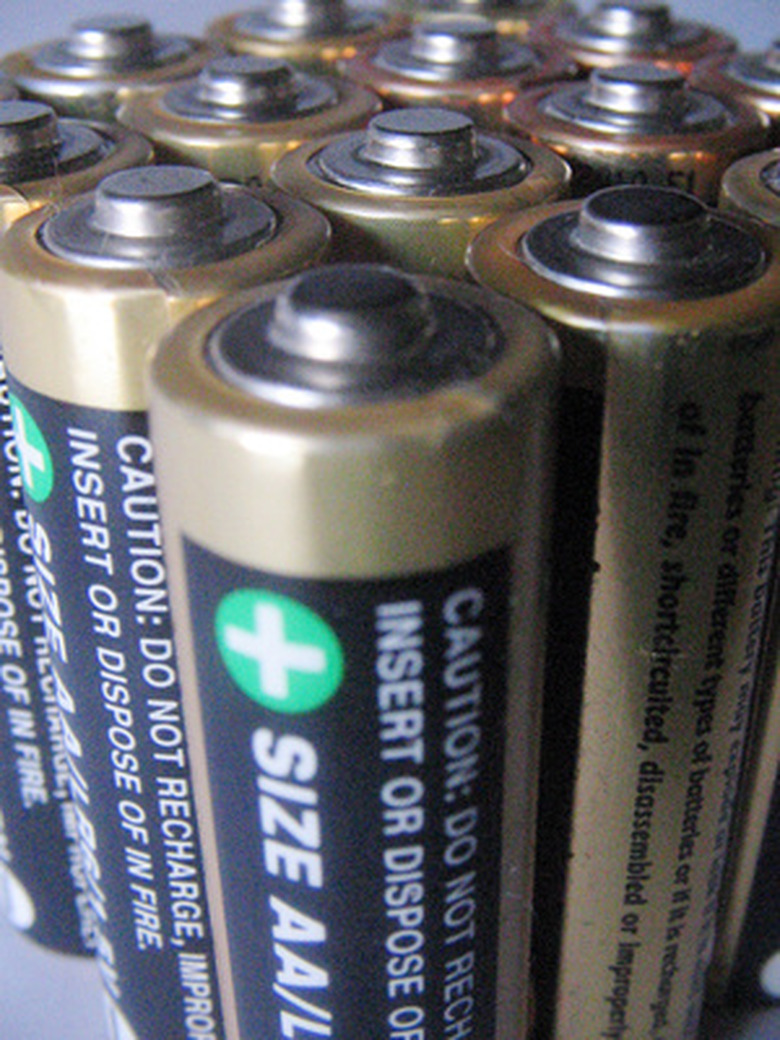Most Corrosive Acids & Bases Known To Mankind
The corrosiveness of an acid or base refers to how severely it damages surfaces upon contact, specifically living tissue. Strong acids and bases such as hydrofluoric acid and sodium hydroxide have a very high or very low pH and are extremely corrosive, requiring extensive precautions when handling because they eat through tissue and even bone.
Hydrochloric Acid
Hydrochloric Acid
Hydrochloric acid (also known as muriatic acid) is the aqueous solution of hydrogen chloride (HCl) gas. It is a major component of gastric acid and is also used in industrial and home cleaning agents. Hydrochloric acid can eat through stainless steel and bronze.
Hydrofluoric Acid
Hydrofluoric Acid
Hydrofluoric acid (HF) destroys living tissue on contact and can even decalcify bone. HF can be fatal in quantities as low as 100 milliliters. Inhaling even a lungful of HF in gaseous state can cause a fatal pulmonary edema.
Sufluric Acid
Sufluric Acid
Sulfuric acid is commonly used in drain cleaners, battery fluid and fertilizer. It is hygroscopic, meaning it attracts water molecules from its surrounding environment. Damage caused by contact with sulfuric acid includes thermal and chemical injuries as well as skin dehydration.
Sodium Hydroxide
Sodium Hydroxide
Sodium hydroxide (also known as lye) is one of the most corrosive of all bases. It generates significant heat when diluted and has an extremely high alkalinity (concentration of alkali elements in the solution).
Cite This Article
MLA
Wallulis, Karl. "Most Corrosive Acids & Bases Known To Mankind" sciencing.com, https://www.sciencing.com/corrosive-acids-bases-known-mankind-7496716/. 24 April 2017.
APA
Wallulis, Karl. (2017, April 24). Most Corrosive Acids & Bases Known To Mankind. sciencing.com. Retrieved from https://www.sciencing.com/corrosive-acids-bases-known-mankind-7496716/
Chicago
Wallulis, Karl. Most Corrosive Acids & Bases Known To Mankind last modified March 24, 2022. https://www.sciencing.com/corrosive-acids-bases-known-mankind-7496716/
